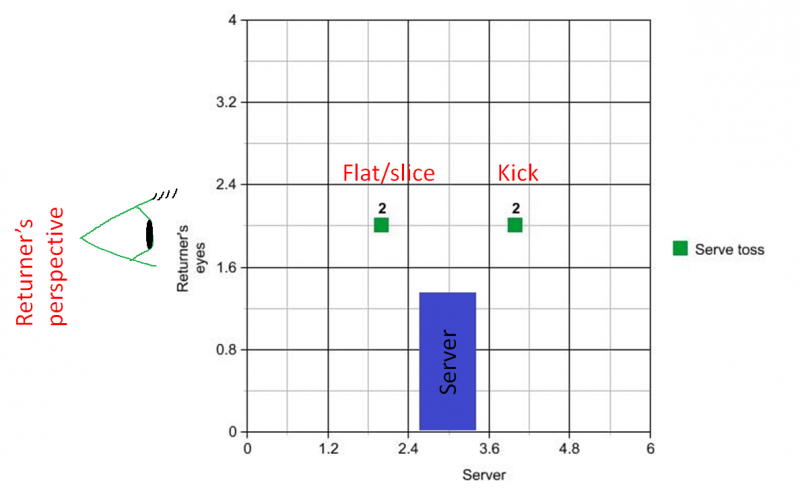Ballinbob
Hall of Fame
Hey all
I was wondering what are the pros and cons of body rotation in the serve? In other words, how much body rotation is too much and how much is too little?
As an example, look at J Macs serve versus Soderling's serve. J Mac rotates his body a lot more than Soderling. Is there any advantage to this? Soldering uses a more "up and down" style of serving and has a much bigger serve than J Mac.
I myself use a lot of body rotation when I serve and I'm wondering if this is robbing me of easy power? I'm not a coach but to my untrained eye it seems Soderling's serve is the way to go but I have no idea. J Mac has a great serve but I guess I can't see the advantage of having so much body rotation. I don't know
What are the pros and cons of each type of serve?
Would be nice to hear from you guys on this
JMac serve: http://youtu.be/Cz51ZowmDig
Soderling Serve: http://youtu.be/NaAhBME6jtA
I was wondering what are the pros and cons of body rotation in the serve? In other words, how much body rotation is too much and how much is too little?
As an example, look at J Macs serve versus Soderling's serve. J Mac rotates his body a lot more than Soderling. Is there any advantage to this? Soldering uses a more "up and down" style of serving and has a much bigger serve than J Mac.
I myself use a lot of body rotation when I serve and I'm wondering if this is robbing me of easy power? I'm not a coach but to my untrained eye it seems Soderling's serve is the way to go but I have no idea. J Mac has a great serve but I guess I can't see the advantage of having so much body rotation. I don't know
What are the pros and cons of each type of serve?
Would be nice to hear from you guys on this
JMac serve: http://youtu.be/Cz51ZowmDig
Soderling Serve: http://youtu.be/NaAhBME6jtA
Last edited:

